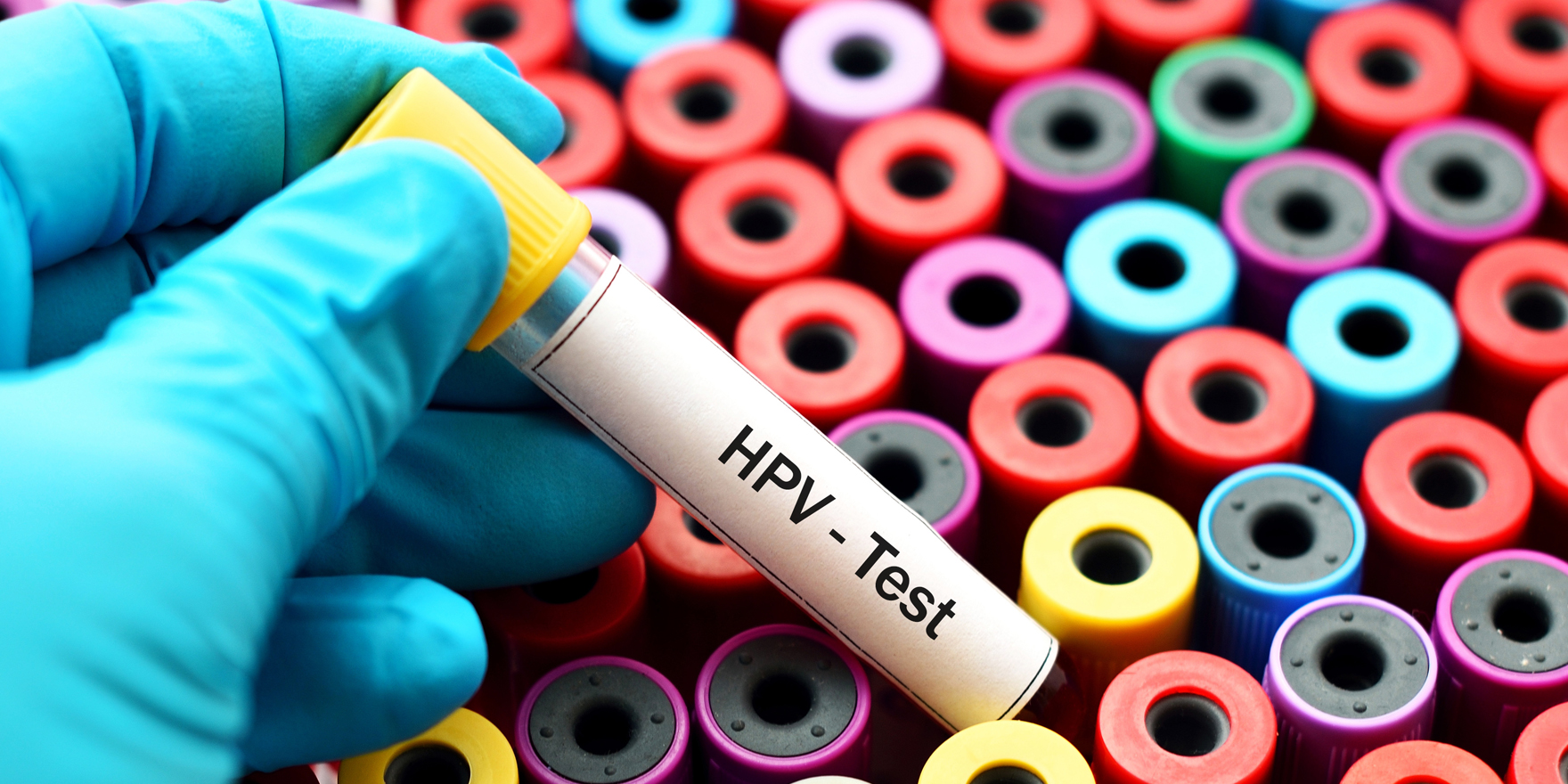While the new system is more complex, it’s also much safer
Almost one in 10 women has tested positive to HPV under Australia’s new cervical cancer screening program, according to early data.
The recent report from the National Cancer Screening Register found that 9% of all Australian women screened had tested positive for one of the 14 HPV types covered in the new program.
Reassuringly, however, only 1% to 2% of those cases are likely to be the highly oncogenic HPV types 16 and 18, which are responsible for almost four in five cervical cancers in Australia.
Women with HPV that is not either type 16 or 18 may fall into an intermediate risk group, as determined by the liquid-based cytology test which is automatically done when a positive HPV test is recorded.
The group has an LBC result that is either negative, possible LSIL or LSIL, and they are asked to return for a HPV test in 12 months.
Around 80% of these women would have cleared the HPV infection by 12 months, said Professor Ian Hammond, chair of the Steering Committee for the Renewal Implementation Project.
“When those women come back for follow-up testing they will have a negative oncogenc HPV test, which means that the majority of these women are spared the anxiety of colposcopy and having unnecessary investigations and expense,” he said.
“This is reasonable and very safe,” he said. “The damage to the cervix by over-investigation and over-treatment far outweighs any benefits of early intervention.”
“Those who do test positive on the 12-month follow up go straight to colposcopy, irrespective of whether the LBC is negative or LSIL,” Professor Hammond said. “Because they’ve got persistent HPV, and persistent HPV is what causes the higher risk of developing cervical disease.”
The other women who have one of the lower risk HPV types but their LBC reports HSIL, possible HSIL, or glandular abnormalities. These women are at higher risk and require colposcopy.
Professor Steve Robson, president of the Royal Australian and New
Zealand College of Obstetricians and Gynaecologists, said the new system was more complex than the old, and might take some getting used to for clinicians.
While the evidence behind the new system was “extremely strong and is likely to be a much safer system for women”, Professor Robson said he had the guideline webpage bookmarked to ensure he took the appropriate steps for each test result.
“Make sure you log on and look at all the algorithms very carefully, because there are lots of different combinations of results that are possible and clinical situations,” he said.
And while the new system of combining HPV testing and cytology to determine risk was causing some confusion, overall, doctors should find the figures reassuring, Professor Hammond said.
“It means that 91% of women are not having a positive result, and they will be told to come back in five years.”
It was important to remember, too, that even among those women who did test positive for the most oncogenic HPV strains only a very small proportion went on to develop cervical cancer.
Women who tested positive for HPV 16 or 18, but whose colposcopy examination revealed a completely normal cervix or low-grade changes would only need to return to their GP for another HPV test in 12 months to see if they had cleared the virus.
But the reality was that “a tiny proportion, less than 1% to 2%, of all women who get a HPV infection, will go on to get high grade change in their cervical cells”, Professor Hammond said.
As the generations given the HPV vaccination grow older, the number of women with HPV 16 and 18 is set to shrink.
As will the other HPV types, thanks to the addition of the new Gardasil 9 into the school vaccination program earlier this year.
Gardasil 9 protected against the HPV types that accounted for 90% of all cervical cancers, and Professor Hammond said we were hopefully looking at a future where HPV was an extremely rare occurrence.


